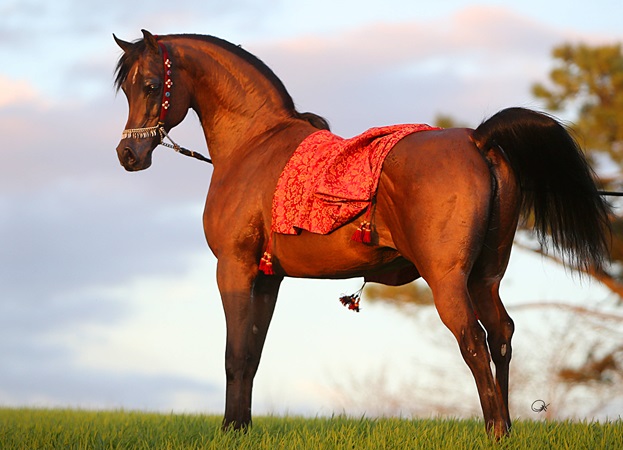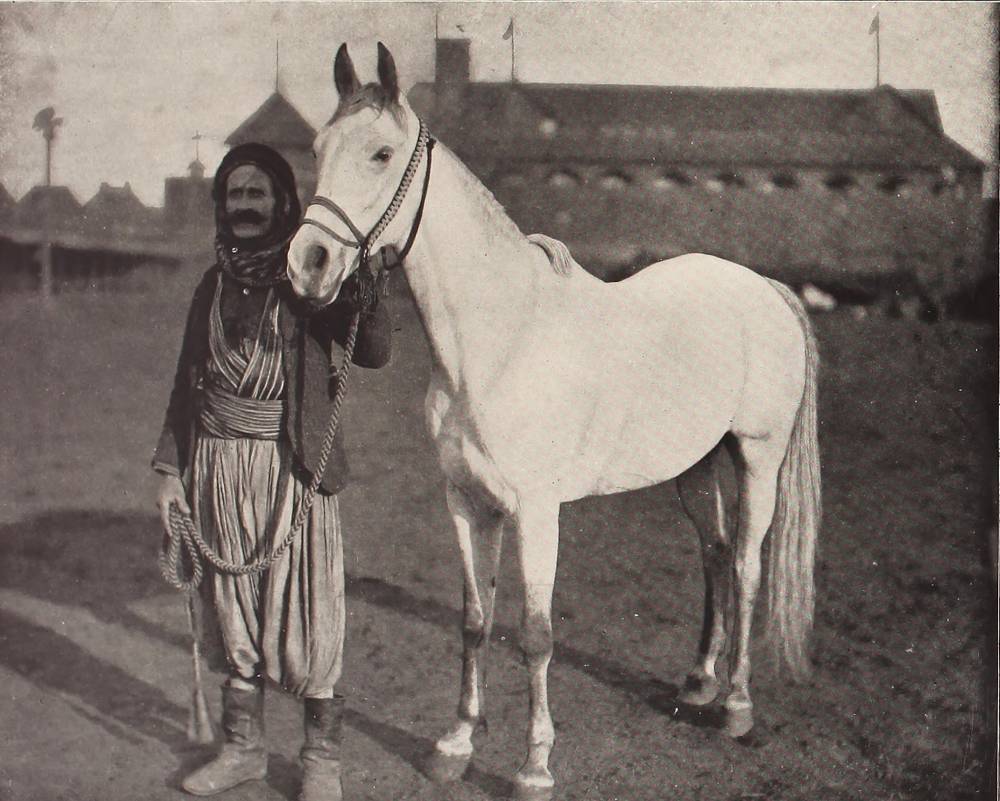Arabian Horses Around the World: Global Influence

Arabian horses are one of the most iconic and historically significant horse breeds globally. Known for their distinctive head shape, high tail carriage, and exceptional endurance, these horses have left an indelible mark on equestrian culture worldwide.
Historical Origins
Arabian horses originated on the Arabian Peninsula, where they were bred by Bedouin tribes for their speed, stamina, and loyalty. These horses were essential for transportation, warfare, and trade in harsh desert environments. Their lineage is one of the oldest and most well-documented among horse breeds.
Characteristics and Traits
- Physical Features: Arabian horses have a refined, wedge-shaped head, large eyes, and a concave profile. Their compact bodies and strong legs contribute to their agility and endurance.
- Temperament: They are known for their intelligence, spirit, and willingness to bond closely with humans.
- Endurance: Arabian horses excel in long-distance endurance riding, often outperforming other breeds in competitions.
Global Spread and Influence
The influence of Arabian horses extends far beyond the Middle East. Through trade, war, and exploration, Arabian bloodlines have been introduced to Europe, Asia, the Americas, and Australia.
Europe
Arabian horses were introduced to Europe during the Crusades and later through royal breeding programs. They significantly influenced the development of many European breeds, including the Thoroughbred, which is foundational to modern racing horses.
Americas
In the Americas, Arabian horses were brought by Spanish explorers and later by dedicated breeders. They have contributed to the development of American breeds such as the American Quarter Horse and the Morgan.
Asia and Australia
Arabian horses have been prized in parts of Asia for their beauty and endurance. In Australia, they are popular in endurance riding and have a dedicated breeding community.
Cultural Significance
Arabian horses hold a special place in many cultures. In the Middle East, they are symbols of pride, heritage, and nobility. They appear in art, poetry, and folklore, embodying ideals of beauty and strength.
Modern Uses
Today, Arabian horses are used in various equestrian disciplines, including endurance riding, show jumping, dressage, and recreational riding. Their versatility and temperament make them favorites among horse enthusiasts worldwide.
FAQ
| Question | Answer |
|---|---|
| What makes Arabian horses unique? | Their distinctive physical features, endurance, and close bond with humans. |
| How did Arabian horses influence other breeds? | They contributed speed, stamina, and refinement to many modern horse breeds. |
| Where are Arabian horses most popular today? | They are popular worldwide, especially in the Middle East, Europe, the Americas, and Australia. |
Summary Table
| Aspect | Details |
|---|---|
| Origin | Arabian Peninsula |
| Key Traits | Endurance, intelligence, distinctive appearance |
| Global Influence | Europe, Americas, Asia, Australia |
| Cultural Role | Symbol of heritage and nobility |
| Modern Use | Endurance riding, show disciplines, recreation |
Arabian horses continue to captivate horse lovers around the world, blending ancient heritage with modern equestrian pursuits.
